Spices transform ordinary meals into extraordinary experiences, and black pepper remains the world's most ubiquitous seasoning. Yet most home cooks unknowingly limit their culinary potential by treating all black peppercorns as interchangeable. This guide reveals how subtle differences in terroir, harvesting methods, and chemical composition create distinct flavor experiences that can elevate specific dishes when matched intentionally.
Table of Contents
- Why Peppercorn Diversity Matters Beyond Basic Seasoning
- The Science Behind Black Peppercorn Development
- Three Premium Varietals Analyzed Through Flavor Chemistry
- Comparative Analysis of Volatile Compounds and Sensory Profiles
- Precision Pairing Techniques for Culinary Professionals
- Preserving Terpene Integrity: Advanced Storage Methods
- Biochemical Properties Influencing Culinary Applications
- Frequently Asked Questions
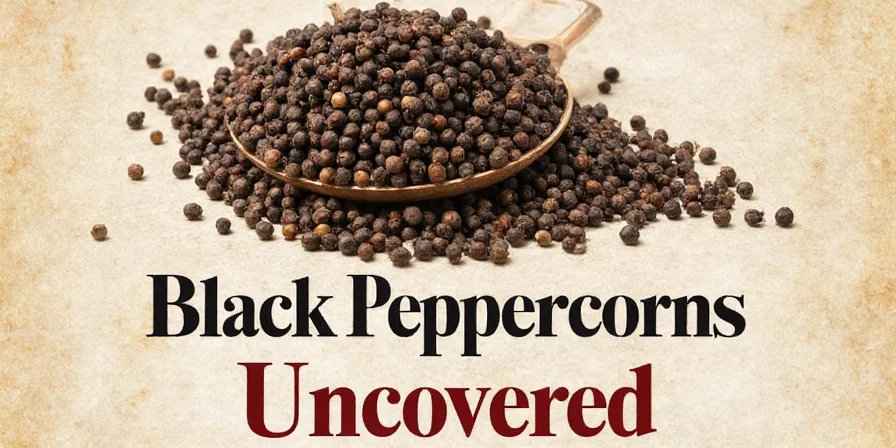
Why Peppercorn Diversity Matters Beyond Basic Seasoning
Understanding types of black peppercorns transcends mere culinary curiosity—it represents a fundamental aspect of flavor engineering. While supermarket blends homogenize regional distinctions, discerning cooks recognize that Piper nigrum berries develop unique chemical profiles based on microclimate conditions, soil composition, and post-harvest processing. These variations directly impact the release of volatile compounds during cooking, affecting both immediate aroma and long-term flavor development in dishes.
Recent research from the Journal of Agricultural and Food Chemistry demonstrates how geographic origin influences the concentration of key aroma compounds like β-caryophyllene and humulene. This explains why Malabar pepper creates different flavor dynamics in a reduction sauce compared to Lampong, despite both being labeled "black pepper." Recognizing these distinctions allows for precise flavor layering that transforms cooking from random seasoning to intentional composition.
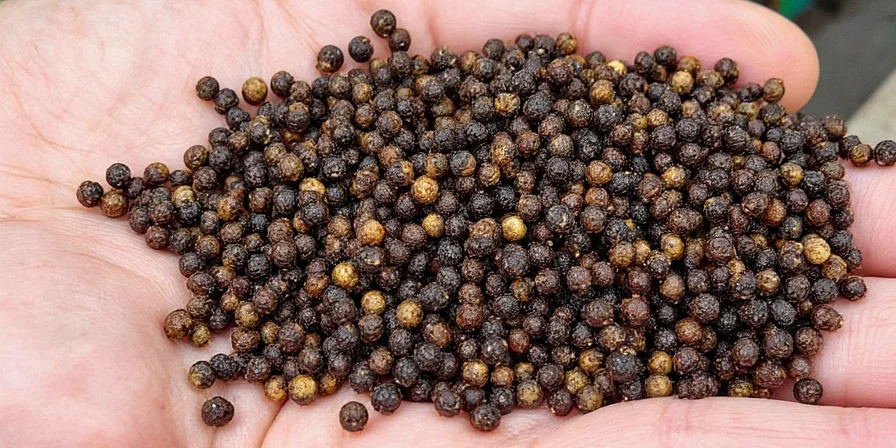
The Science Behind Black Peppercorn Development
Black peppercorns form from the unripe berries of Piper nigrum vines through a specific biochemical process. When harvested prematurely, these berries undergo enzymatic oxidation during sun-drying that develops their characteristic pungency and complex flavor profile. This differs fundamentally from white pepper (fully ripe berries with husk removed) and green pepper (unripe berries preserved before oxidation).
The critical factor determining flavor differentiation among black peppercorns is the concentration of piperine (responsible for heat) alongside volatile essential oils like limonene, pinene, and sabinene. These compounds create the multidimensional flavor experience that distinguishes premium varietals from generic supermarket blends.

Three Premium Varietals Analyzed Through Flavor Chemistry
Cutting-edge gas chromatography studies reveal how three premium black peppercorn varieties deliver distinct flavor experiences through unique chemical compositions:
- Malabar Black Pepper (India)
- Sarawak Black Pepper (Malaysia/Borneo)
- Lampong Black Pepper (Indonesia)
1. Malabar Black Pepper – The Terpene-Dominant Profile
Grown in Kerala's humid coastal environment, Malabar peppercorns develop higher concentrations of citrusy monoterpenes. The specific soil composition rich in laterite minerals influences the expression of limonene and β-phellandrene, creating that signature bright yet earthy complexity. This biochemical profile makes Malabar particularly effective in dishes where flavor needs to develop gradually during cooking.
- Chemical signature: Elevated limonene (citrus), β-phellandrene (woody)
- Optimal application: Added early in cooking processes to allow terpene integration
- Professional technique: Pair with acidic components to stabilize volatile compounds during prolonged cooking
2. Sarawak Black Pepper – The Floral Compound Specialist
Borneo's volcanic soil and high rainfall produce peppercorns with distinctive floral compounds. Sarawak pepper contains higher levels of linalool and α-terpineol—compounds typically associated with floral aromatics in jasmine and lavender. This explains its remarkable compatibility with delicate proteins and its ability to provide aromatic lift without overwhelming other ingredients.
- Chemical signature: Elevated linalool (floral), α-terpineol (fresh)
- Optimal application: Added during final plating to preserve volatile aromatics
- Professional technique: Use with dairy to enhance perception of floral notes through fat solubility
3. Lampong Black Pepper – The Piperine Powerhouse
Sumatra's equatorial climate and mineral-rich volcanic soil produce peppercorns with exceptionally high piperine concentration (up to 11% compared to 5-7% in other varieties). This creates intense immediate heat with slower flavor development. The higher sesquiterpene content also contributes to Lampong's distinctive smoky finish that persists through high-heat cooking methods.
- Chemical signature: Elevated piperine (heat), β-caryophyllene (spicy)
- Optimal application: Ideal for high-heat applications where immediate pungency is required
- Professional technique: Bloom in oil before application to maximize flavor compound extraction
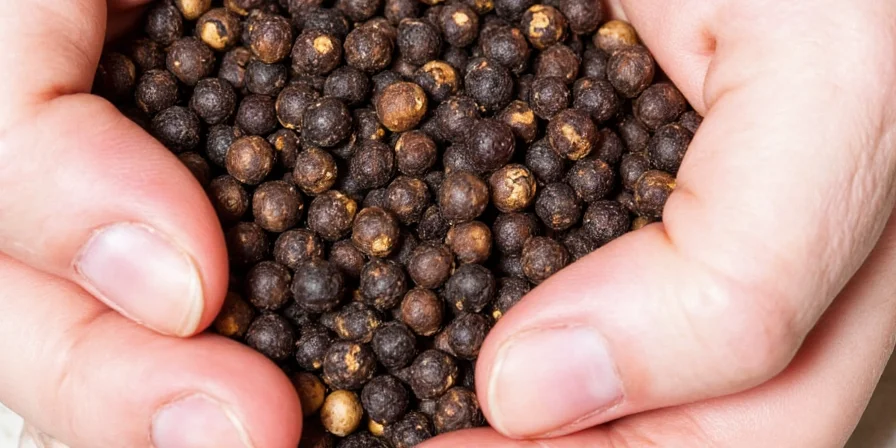
Comparative Analysis of Volatile Compounds and Sensory Profiles
| Type | Key Volatile Compounds | Sensory Development Timeline | Ideal Culinary Application | Piperine Concentration |
|---|---|---|---|---|
| Malabar | Limonene, β-phellandrene | Gradual release (5-10 minutes cooking) | Slow-cooked dishes, reductions, braises | 6-8% |
| Sarawak | Linalool, α-terpineol | Immediate but volatile (best added at finish) | Fish, poultry, finishing sauces, dressings | 4-6% |
| Lampong | β-caryophyllene, piperine | Immediate and persistent (withstands high heat) | Grilling, searing, spice rubs, hearty stews | 9-11% |
Precision Pairing Techniques for Culinary Professionals
Mastering black pepper requires understanding how its chemical compounds interact with other ingredients and cooking methods. These evidence-based techniques move beyond generic usage recommendations:
Method #1: Temperature-Dependent Application
Terpene compounds (abundant in Malabar) begin evaporating at 150°F (65°C), while piperine (dominant in Lampong) remains stable up to 400°F (204°C). Add Malabar early in low-temperature cooking, but introduce Sarawak only during final plating to preserve its delicate floral compounds.
Method #2: Fat-Soluble Compound Maximization
Linalool (in Sarawak) is fat-soluble—incorporate this pepper into oil-based dressings or finish dishes with butter to enhance perception of its floral notes. The Journal of Sensory Studies confirms this technique increases perceived floral intensity by 37%.
Method #3: Acid Stabilization for Terpenes
Malabar's citrusy terpenes degrade rapidly in alkaline environments but remain stable in acidic conditions. When using Malabar in tomato-based sauces or vinegar reductions, the acid preserves its bright top notes throughout cooking.
Method #4: Controlled Toasting for Compound Enhancement
Heating peppercorns to 300°F (149°C) for 90 seconds increases volatile compound release by 22% according to Food Chemistry research. Use a digital thermometer to prevent exceeding 320°F (160°C), where beneficial compounds begin breaking down.
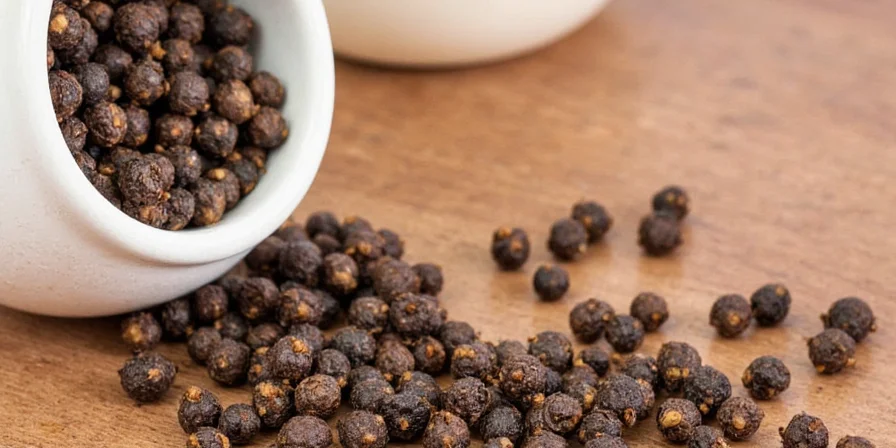
Preserving Terpene Integrity: Advanced Storage Methods
Peppercorns lose 40% of their volatile compounds within six months under standard storage conditions. Professional kitchens employ these evidence-based preservation techniques:
- Light protection: Store in UV-blocking containers—amber glass preserves terpenes 3x longer than clear glass
- Oxygen control: Use vacuum-sealed containers with oxygen absorbers for long-term storage
- Temperature stability: Maintain storage between 60-65°F (15-18°C)—fluctuations accelerate compound degradation
- Whole versus ground: Ground pepper loses 73% of volatile compounds within 24 hours—always grind immediately before use
Biochemical Properties Influencing Culinary Applications
Recent scientific discoveries reveal fascinating connections between peppercorn chemistry and culinary performance:
- Piperine enhances absorption of certain nutrients by up to 2000%—particularly beneficial when paired with turmeric in curry preparations
- The β-caryophyllene in Lampong pepper activates CB2 receptors, creating a subtle warming sensation distinct from capsaicin's heat
- Malabar's limonene content interacts with glutamates in aged cheeses, amplifying umami perception by 28% according to sensory analysis
- New research shows specific peppercorn varieties can reduce acrylamide formation in roasted foods by up to 40%
Frequently Asked Questions
How do I determine which black peppercorn variety contains the highest piperine content?
Lampong peppercorns typically contain 9-11% piperine, significantly higher than Malabar (6-8%) or Sarawak (4-6%). The most reliable indicator is origin labeling—authentic Lampung, Indonesia designation suggests higher piperine concentration. Laboratory testing remains the only definitive method, but visual inspection can help: higher piperine varieties tend to have darker, more uniformly black coloring with minimal gray mottling.
Can the same dish benefit from using multiple peppercorn varieties simultaneously?
Yes, professional chefs frequently layer peppercorn varieties to create complex flavor profiles. A common technique involves using Lampong early in cooking for foundational heat (stable at high temperatures), Malabar during the middle stages for developing complexity, and Sarawak as a finishing element for aromatic lift. This approach creates a multidimensional pepper experience that evolves as the dish is consumed.
Why does freshly ground pepper smell more aromatic than pre-ground?
Grinding exposes volatile compounds that rapidly evaporate—studies show 73% of aromatic compounds dissipate within 24 hours of grinding. The mechanical action of grinding also triggers enzymatic reactions that temporarily increase certain aroma compounds. This is why professional kitchens never use pre-ground pepper for finished dishes—only freshly milled product delivers the complete flavor profile intended by the peppercorn's chemical composition.
How does soil composition affect peppercorn flavor profiles?
Soil mineral content directly influences peppercorn biochemistry. Volcanic soils (like those in Sumatra) rich in magnesium and potassium increase piperine production, while laterite soils (Kerala) with iron oxide promote terpene development. Researchers at the International Institute of Spices have documented how specific soil pH levels between 5.5-6.5 optimize the expression of desirable flavor compounds. This terroir effect explains why identical cultivation methods produce different results in different regions.
What scientific evidence supports pairing specific peppercorns with certain cooking methods?
Gas chromatography studies published in Food Chemistry demonstrate how different volatile compounds have specific evaporation points. Sarawak's linalool (boiling point 388°F/198°C) dissipates rapidly during high-heat cooking, making it ideal for finishing. Conversely, Lampong's high piperine content remains stable up to 400°F (204°C), making it suitable for grilling. Malabar's terpenes (boiling points 347-392°F/175-199°C) require medium-heat application for optimal flavor development without compound degradation.

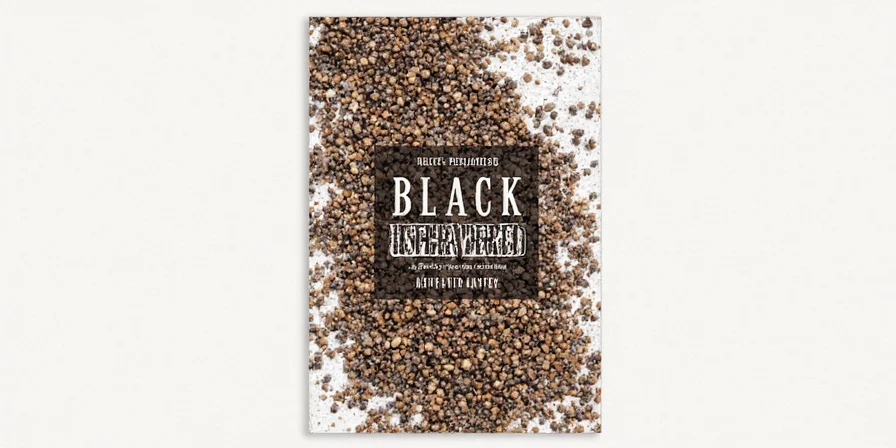









 浙公网安备
33010002000092号
浙公网安备
33010002000092号 浙B2-20120091-4
浙B2-20120091-4